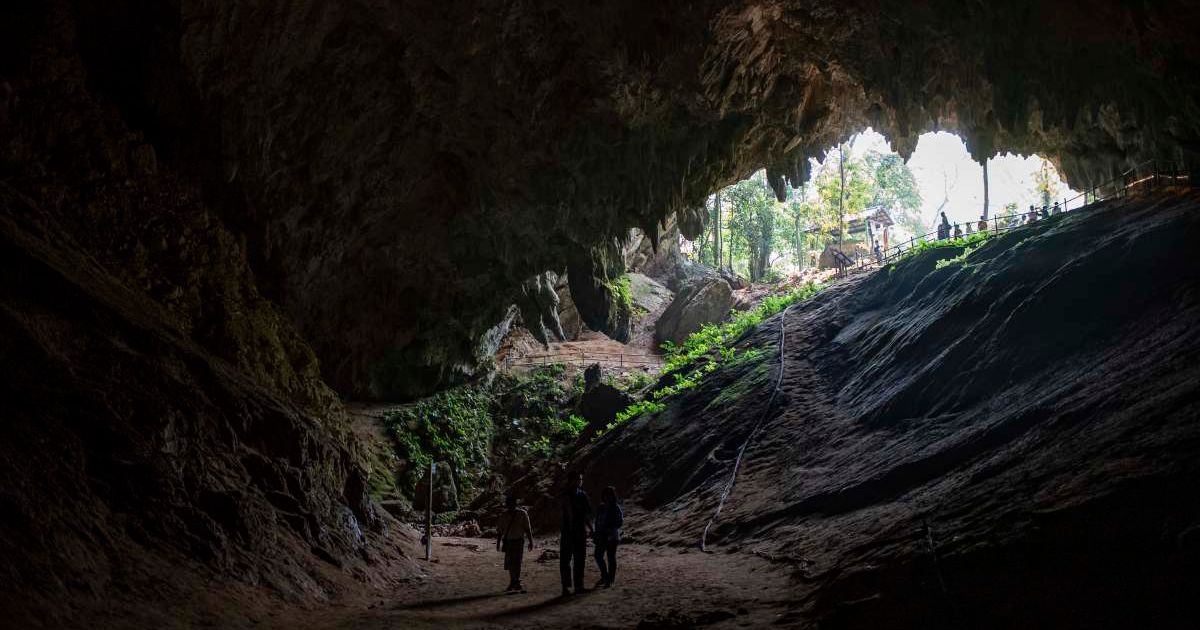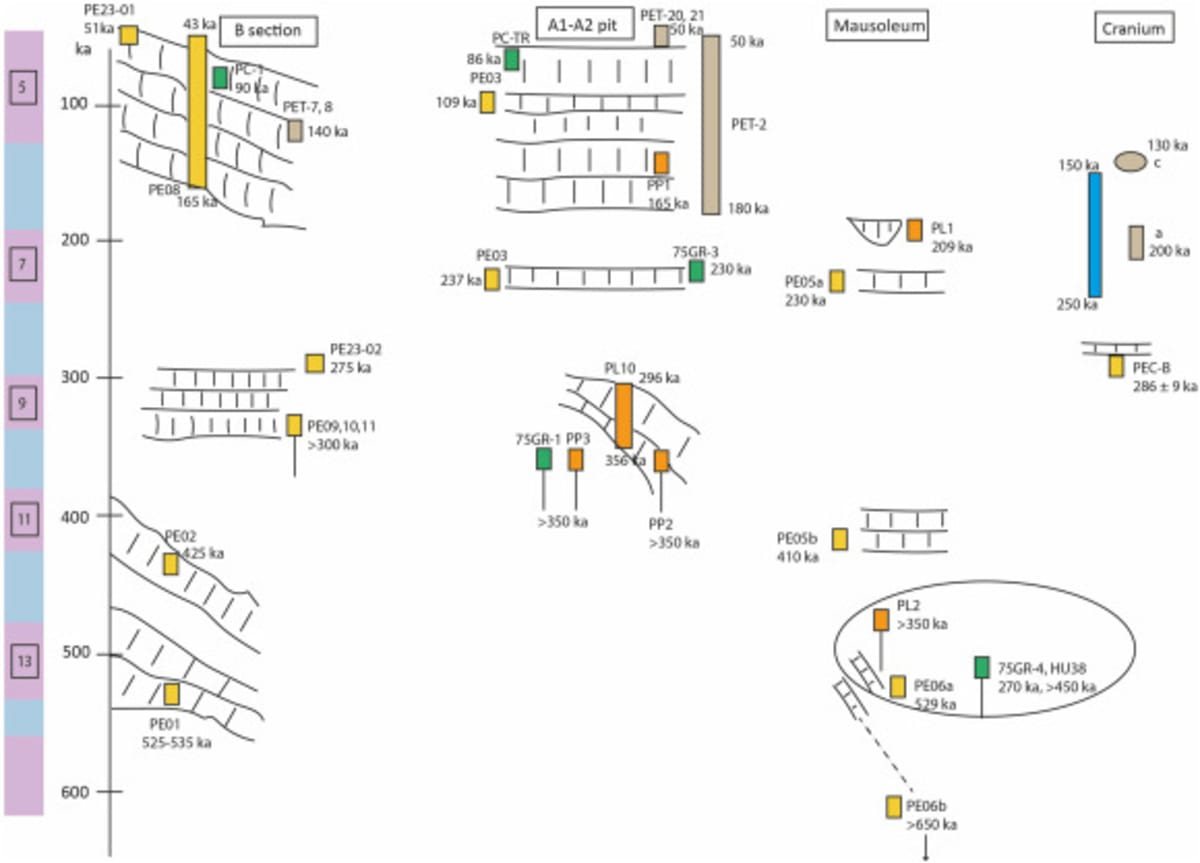Researchers Have Found Age of Mysterious Petralona Cave Skull to be 286,000 Years Old by U-Series Dating: Study

Researchers have taken a step forward towards solving the mystery of the elusive Petralona Cave skull. Through U-series dating, they may have finally figured out when exactly the individual walked on Earth. Insights regarding this investigation have been published in the Journal of Human Evolution. The skull dated back to around 286,000 years ago, as per the investigation. The finding is extremely valuable, as past assertions landed at a wide range between 170,000 to 700,000 years ago. The more precise dating allows a better idea of when this distinct species from the Homo genus walked on Earth.

What is the Petralona Cave Skull?
The Petralona Cave skull is a nearly complete cranium discovered in Petralona Cave in Greece in 1960, according to Phys. Further analysis quickly revealed that, though the fossil belonged to the Homo genus, its primitive features did not align with either the Neanderthals or Homo Sapiens. It implied that the creature was from a distinct species, about which researchers had no clue. To understand how humans evolved to their present form, it is essential to understand what other species from the Homo genus they shared the planet with.
It is because their interactions played a vital role in the evolution process. The state in which the cranium was found made it difficult for experts to pinpoint the period during which they lived. With the help of a new method, U-series dating, which utilizes the natural properties of uranium isotopes for its calculation, the team has now proposed a finite minimum age for this cranium.

Process of U-Series Dating
Past examinations have revealed that uranium breaks down into thorium when it completes its half-life. By calculating the ratio of uranium to thorium, researchers can pinpoint when exactly the breakdown began. The dating technique hasn't been used much because soil constantly receives deposits of uranium isotopes. Hence, it is challenging to date items in the soil or the soil itself through the age of isotopes, as many isotopes are intertwined with each other. However, in the cave, the situation is a bit different, as the soil has to deal with moisture, which can carry away the uranium but not the thorium from the soil. If the moisture got trapped by the cave wall, there is a possibility that, after evaporation, only uranium remains.
These uranium deposits would be locked by the mineral deposit in a closed system and would not interact with other substances. After the isotopes start breaking down, both the uranium and thorium will be untouched in the system. It makes it easy for researchers to understand their ratio, and in turn, the minimum in situ starting point of anything under the broken-down isotopes in the system. For the dating of the Petralona Cave skull, researchers examined the calcite spotted on the cranium, as well as the speleothems and calcitic deposits present in different regions of the cave.
Results of the Testing
U-series dating on the Petralona skull's calcite coating revealed that the cranium was around 286,000 years old, with an uncertainty of around 9,000 years, according to Popular Science. After incorporating dating insights from deposits in other regions of the cave, the study concluded that the skull was 277,000 to 539,000 years old, if sediment formed around it. However, if sediment was absent, then the skull was 410,000 to 277,000 years old.
Researchers have yet to fully confirm the skull's age, as there is a possibility that the skull had no calcite growth in its initial years. It may make it even older, but through the analysis, researchers have a finite minimum age. If the assertions from the study are true, then it would mean that the species to which the Petralona skull belonged cohabited with Homo Sapiens and Neanderthals during Europe's Middle Pleistocene.